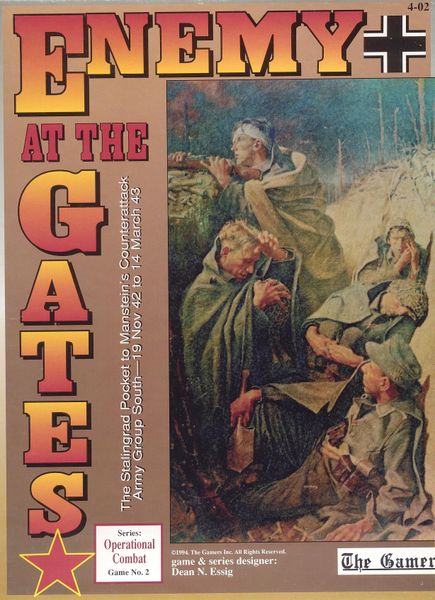Enemy at the Gates (1994) Board Game
Enemy at the Gates is a classic board game that was released in 1994, designed by Dean Essig. It is a wargame set in World War II, focusing on the Eastern Front conflict between the Soviet Union and Nazi Germany.
Game Components of Enemy at the Gates
How To Setup Enemy at the Gates
Setting up **Enemy at the Gates** involves preparing the game board with hexagonal tiles to represent the battlefield, distributing the necessary counters and units according to the scenario, and ensuring each player has the required dice and rulebook. The setup is detailed and requires careful attention to the initial placement of units and terrain to accurately reflect the historical context.
Gameplay Mechanics and Game Objective
Player Experience
Playing **Enemy at the Gates** is a deeply immersive and challenging experience, particularly for those interested in historical wargames. The game requires strategic thinking, careful resource management, and a good understanding of military tactics. The lengthy playing time and complex rules can be daunting, but for dedicated players, it offers a rich and realistic simulation of one of WWII’s most pivotal battles.
Pros
Cons
Personal Thoughts on Enemy at the Gates
**Enemy at the Gates** is ideal for wargame enthusiasts and history buffs who appreciate detailed simulations of historical battles. It is not a game for casual players or those looking for a quick, light experience. Instead, it caters to those who enjoy deep strategy, historical accuracy, and are willing to invest the time to learn and play the game thoroughly. If you’re someone who values realism and complexity in a wargame, **Enemy at the Gates** is definitely worth considering.
We are supported by our audience. When you purchase through links on our site, we may earn an affiliate commission, at no extra cost for you. Learn more.

